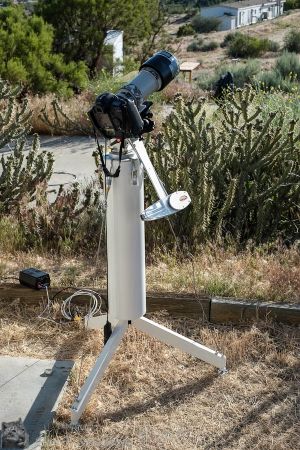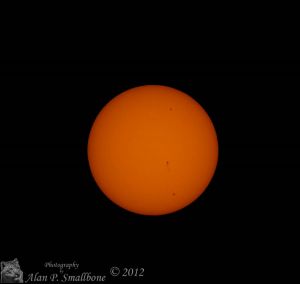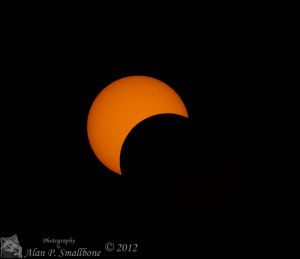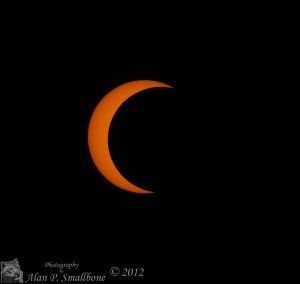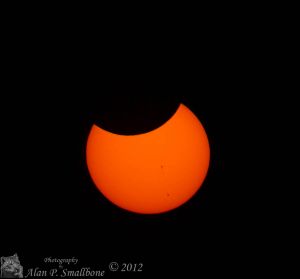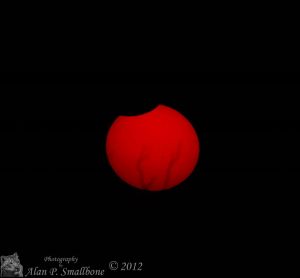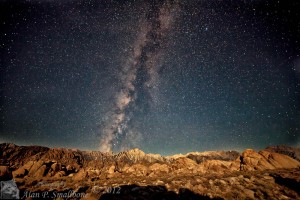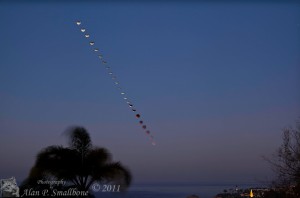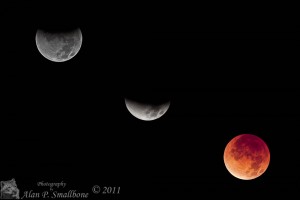This weeks images are of the partial annular solar eclipse. Taken with a Canon 1Dm4 and 100-400mm lens at 400mm and a 1.4x extender. These shots will be part of a timelapse movie of the sequence. Also included is shot of the camera setup that was used to take the solar images. This setup will track the motion of the earth so that the sun always stayed in the frame as it was going down towards the horizon. The marks on the surface of the sun are sun spots. From the location, east of Temecula, the sun went down below the horizon as it was coming out of being eclipsed, the last shot is more red because the sun was right on the horizon and I should have increased the exposure and you can also see some of the brush on the horizon as the sun was setting. The eclipse occurred on May 20, 2012.
-
Recent Topics
Calendar
April 2024 M T W T F S S 1 2 3 4 5 6 7 8 9 10 11 12 13 14 15 16 17 18 19 20 21 22 23 24 25 26 27 28 29 30 Categories
Tags
Astronomy astrophotography AZ CA Colorado commentary composition desert Eastern Sierra ebook fall fall colors flowers Fuji X-series gardens gear HDR image of the week Laguna Beach landscapes Los Angeles macro moon Mt. Whitney nature night photography opinions Page panorama panoramas photography Printing reviews sandstone sharpening snow Sun sunset Vision winter X-E2 X-Pro 1 X-T1 Yellowstone NP YosemiteRecommended Links

